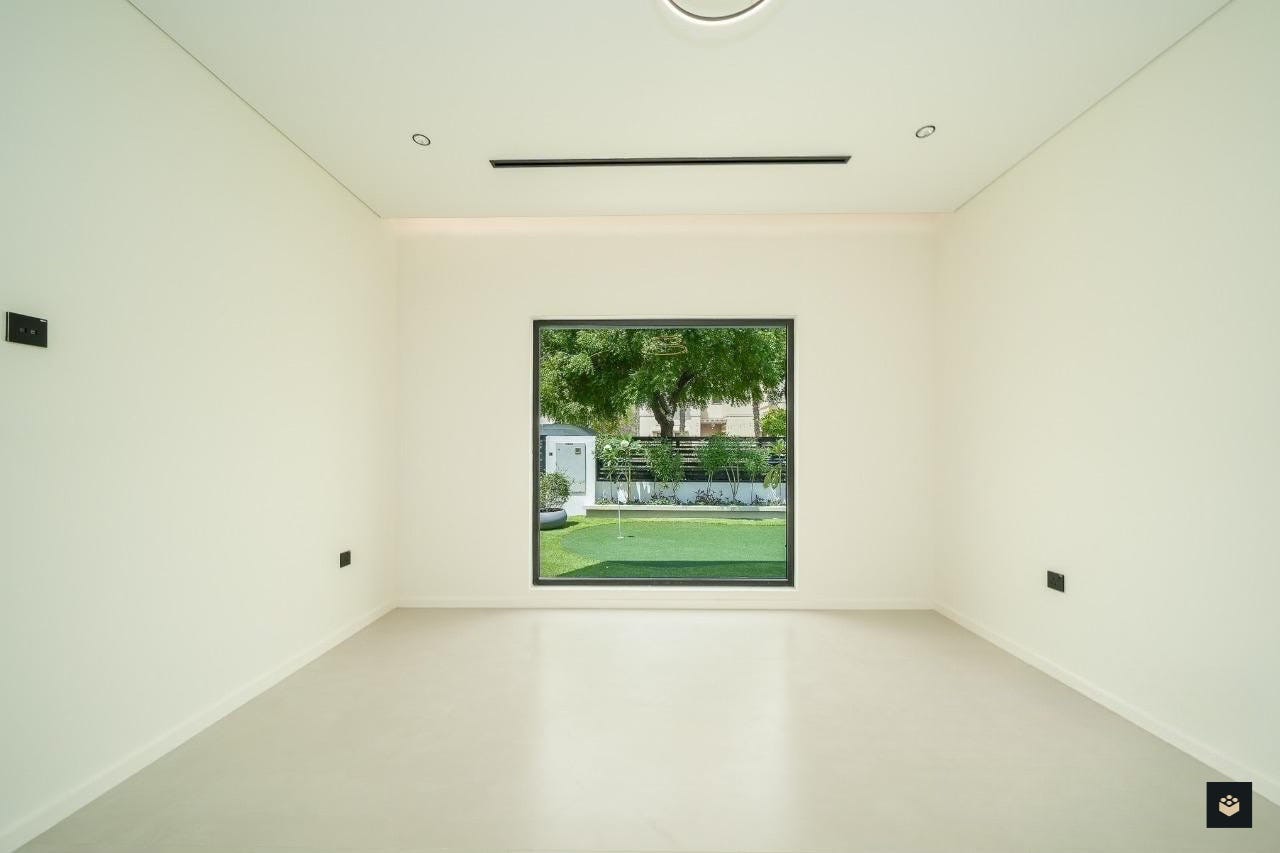The Invisible Obsession
What makes good design so powerful is that, most of the time, you don’t even notice it’s there.
When I officially launched this interior design business a few months ago—though in reality, it’s been closer to eight or nine months in the making—I was confident. I figured that fifteen years of working across a multitude of projects had given me a solid foundation. I’d seen enough projects to believe I understood what it took to deliver great interior design.
It’s been fascinating, and humbling, to discover just how much I didn’t know.
I’ve had a front-row seat to the sheer complexity of the design process, how extensive and in-depth it truly is. The energy it demands, the time it consumes, the way the creative process can completely envelop a person—it’s been impressive to witness. I’m fortunate to work alongside designers who see the world in a way I’m only just beginning to appreciate. The way they interpret textures, colors, and the subtle shifts between hues is remarkable. Their innate understanding of balance in the environment around them is a language all its own.
As laymen, we get to experience the end result of good design, but we rarely see the machinery behind it. That’s what makes it so amazing—it’s invisible. We walk into a beautifully designed space and feel a sense of calm or inspiration, but we don’t consciously register the hundreds of tiny, intricate decisions that created that feeling. We don’t see the countless hours the designer or architect obsessed over a particular detail to achieve a result so seamless that we can’t even perceive the effort. We barely notice it’s there, and that is precisely what makes the design so incredibly powerful.

Achieving that level of invisibility takes real talent and skill. It takes time, effort, and a willingness to pour your blood, sweat, and tears into the work. The designers I see get obsessed. They have to. It’s the only way to deliver that incredible, almost magical result. You create something that has never been done before by putting your entire self into it, by becoming completely consumed by the vision. It’s in that obsession that true invention is born.


